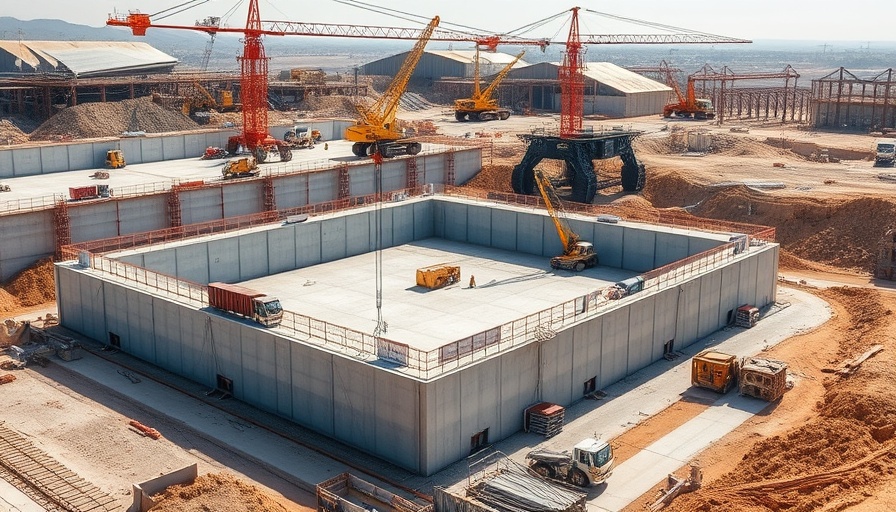
The Importance of Solid Foundations in Texas
In Texas, there is a saying: "Everything is bigger, even the importance of a solid foundation." A sturdy foundation isn't just a recommended practice; it's essential for the longevity and safety of your building. From homes to commercial structures, the foundation is the bedrock on which dreams are built. But in Texas, where soil conditions vary drastically, particularly with expansive clay, understanding how to prepare for a concrete foundation is crucial.
Texas Soil: Challenges and Solutions
Texas soil is primarily made up of expansive clay, which reacts dramatically to moisture content. This type of soil can swell when wet and shrink in drier conditions, causing inefficiencies in any foundational structure. Builders must be aware of the risks associated with this type of soil, including:
- Heaving: The lift of foundation sections as the clay expands.
- Settlement: The sinking of foundation parts as soil contracts and voids form.
- Cracking: Stress fractures occur in concrete under uneven pressure.
To safeguard against these issues, professional geological surveys should be the starting point for any construction project in Texas. Understanding the texture and composition of the land allows for informed decisions on structural requirements.
Preparation Is Key: Steps to Consider Before Pouring
Before even thinking about pouring concrete, a rigorous preparation process must occur, ensuring your foundation will withstand Texas's unpredictable soil behavior.
- Proper Site Preparation: Vegetation must be entirely cleared, the ground graded accurately, and a comprehensive drainage plan should be devised. Drainage is crucial in Texas as improper management often results in significant foundation issues.
- Choosing the Right Foundation Type: Various foundation types are suitable for different conditions:
- Slab-on-Grade: Common in Texas, a solid slab of concrete poured directly onto the ground. This method requires robust internal reinforcement to withstand soil movements.
- Pier & Beam: Elevated foundations that protect your structure from moisture by using concrete piers. This method can mitigate the effects of expanding clay.
- Post-Tension Slabs: Utilizing high-strength steel cables creates compressive force within the concrete, ideal for the Texas terrain.
Future Trends in Concrete Foundations
The future of constructing concrete foundations in Texas will likely involve greater attention to environmental impacts. With climate change leading to unpredictable weather patterns, including intense rainfall, builders may adopt more advanced drainage technologies and sustainable concrete mixtures that are waterproof and eco-friendly.
Making Informed Decisions
Knowing the challenges and opportunities pertaining to concrete foundations allows homeowners and builders to make informed decisions. Investing in professional services for geological evaluations, using technology for precision grading, and opting for appropriate foundation types are ways to ensure long-term success.
Your Foundation Matters
Ultimately, understanding your Texas soil and the nuances of concrete foundation building is vital for anyone looking to invest in property. Don’t overlook this critical aspect; instead, work with experts to lay down a foundation that stands the test of time.
It's essential to consult with professionals to assess the unique characteristics of your land and apply those insights in creating a solid construction plan. The integrity of your building begins and ends with the foundation—so make sure it starts strong.
Call to Action
If you’re planning to build in Texas, take the first step toward a secure future by reaching out to concrete foundation specialists today. Understand your land, your options, and build with confidence!
 Add Row
Add Row  Add
Add 



Write A Comment